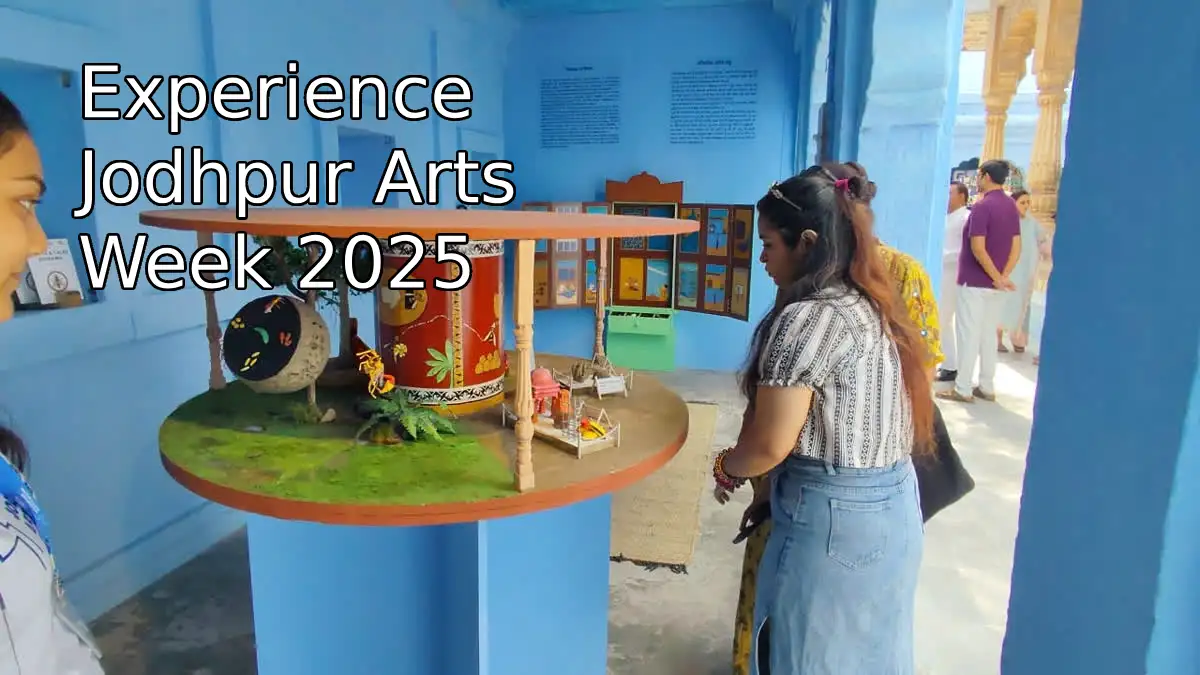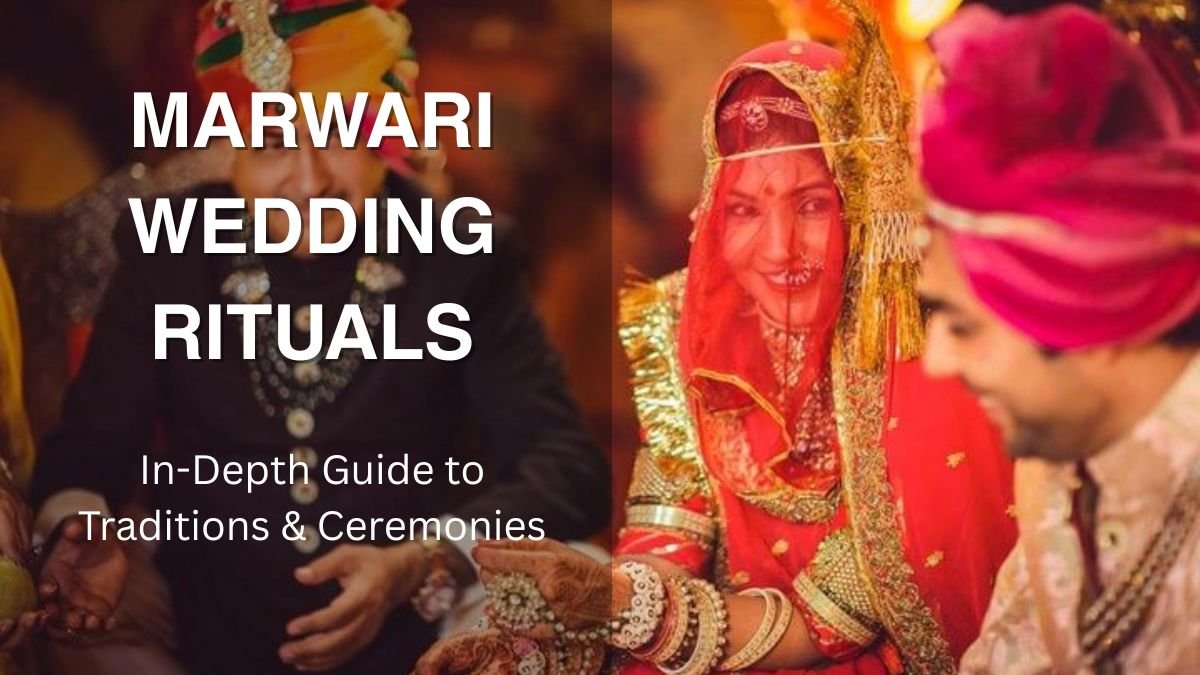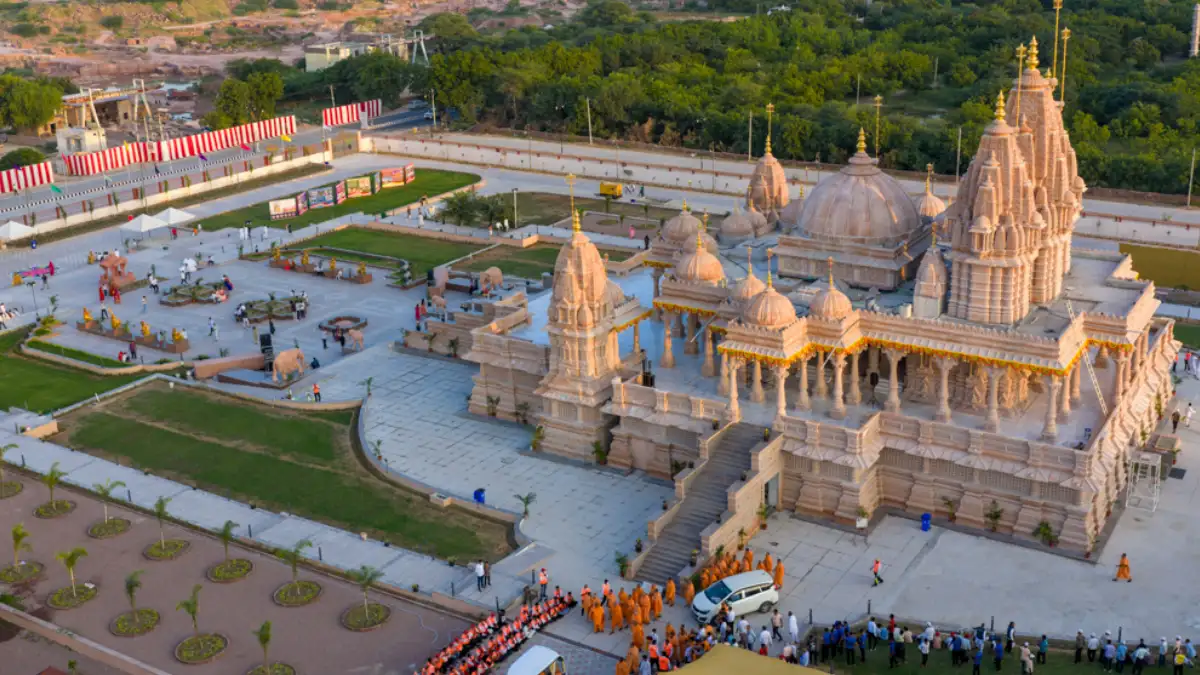Marwari weddings are among the most grand and vibrant celebrations in India. Known for their rich culture, colorful traditions, and royal hospitality, these weddings are not just about two individuals coming together but about families uniting in a sacred bond. Each ritual, from the engagement to the final post-wedding customs, carries deep meaning and reflects the heritage of Rajasthan.
If you’re curious about the Marwari wedding rituals, this complete guide will walk you through every step—pre-wedding, wedding day, and post-wedding ceremonies—in detail.
The Royal Heritage of Marwari Weddings
The Marwari community, primarily business-oriented and originating from the Marwar region of Rajasthan, are known for their lavish yet traditional weddings. Every ritual, from the smallest to the grandest, is performed with deep faith and symbolism, often extending over several days, or even a couple of weeks, ensuring a prosperous and blessed life for the marrying couple (Banna and Banni).
Pre-Wedding Rituals in a Marwari Wedding
1. Roka Ceremony
The Roka marks the official alliance between two families. Elders exchange sweets, gifts, and blessings, sealing the bond of marriage. Unlike modern casual engagements, in Marwari culture, the Roka is considered a sacred confirmation that the families have accepted the match.
2. Engagement (Mudda Tikka)
The engagement, also called Mudda Tikka, takes place at the groom’s house. The bride’s brother applies a ceremonial tikka (vermilion mark) on the groom’s forehead, symbolizing acceptance. Both families exchange gifts, jewelry, and clothes, strengthening the emotional bond.
3. Ganapati Sthapana
Before any auspicious event, Marwaris invoke Lord Ganesha. A Ganapati idol is placed at both the bride’s and groom’s homes, and prayers are performed to remove obstacles and bless the wedding.
4. Pithi Dastoor (Haldi Ceremony)
A joyful and colorful ritual where a paste of turmeric, sandalwood, and rose water is applied to the bride and groom. This is believed to purify the skin and bless them with prosperity. Unlike other communities, in Marwari weddings, this ceremony takes place at both homes separately, with lots of singing and dancing.
The bride and groom traditionally do not leave their respective houses after this ceremony until the wedding.
5. Mehfil & Sangeet
The Mehfil is a traditional musical gathering hosted by the bride’s side, often including Ghoomar dance and folk songs of Rajasthan. Later, a Sangeet night is organized where both families perform dances, celebrate love, and bond in a light-hearted way.
6. Mehendi Ceremony
The bride’s hands and feet are decorated with intricate henna designs. According to tradition, the darker the color of the mehendi, the deeper the love between the couple. Families also believe that mehendi symbolizes fertility and good luck.
Wedding Day Rituals in a Marwari Wedding
The wedding day is the most awaited moment, marked by grandeur, music, and sacred vows.
1. Baraat and Nikasi
The groom’s procession, called the Baraat, is a lively parade with music, dance, and celebration. Before leaving for the bride’s venue, the groom undergoes the Nikasi ritual, where his sister ties a golden thread around the mare’s neck and applies kajal to protect him from the evil eye.
2. Toran Ritual (Baraat Swagat )
On arrival, the groom strikes a decorated door-hanging called the Toran with a neem stick. This act symbolizes courage and removes negativity before entering the wedding venue. The bride’s mother performs an Aarti and places a Tilak on his forehead.
3. Jaimala (Exchange of Garlands)
The bride is escorted to the Mandap. Both the bride and groom exchange grand floral garlands, often amidst playful teasing by family and friends trying to lift them up.
The mutual exchange of garlands symbolizes their acceptance of one another as husband and wife.
4. Kanyadaan and Panigrahan
One of the most emotional moments of the wedding, Kanyadaan is when the bride’s father gives his daughter’s hand to the groom, entrusting her future to him. The ritual reflects faith, trust, and family honor.
Panigrahan is where the groom takes the bride’s hand, pledging to stand by her and protect her through all of life’s challenges.
5. Granthi Bandhan and Pheras (Saptapadi)
The priest performs the Granthi Bandhan by tying one end of the groom’s scarf (Dupatta) to the corner of the bride’s veil (Chunni)—the sacred knot. The couple then takes four or seven rounds (Saat Phere or Saptapadi) around the sacred fire (Agni). The bride leads the first few rounds, and the groom leads the remaining. With each round, they take a vow for a meaningful married life (Dharma, Artha, Kama, Moksha). Priests chant mantras while the couple promises to support each other in every phase of life.
The Phere are the seven central vows that bind the couple together for seven lifetimes, witnessed by the Fire God (Agni).
6. Sindoor Daan and Vamang Sthapna
The groom applies Sindoor (vermillion) in the parting of the bride’s hair and ties the Mangalsutra (sacred necklace) around her neck. This is followed by Vamang Sthapna, where the bride moves from sitting on the groom’s right side to his left side, signifying her new status as his life partner. This is one of the most sacred moments of the wedding.
Sindoor and Mangalsutra are the emblems of a married Hindu woman. The shift to the left side signifies the wife’s established place in her husband’s life, closest to his heart
7. Bidai (Farewell)
A deeply emotional ritual where the bride bids farewell to her family and leaves for her new home. In Marwari culture, the bride throws rice over her head as she departs, symbolizing prosperity and blessings left behind for her parents’ home.
Post-Wedding Rituals in a Marwari Wedding
Marwari weddings don’t end with the wedding day. Several post-wedding rituals are designed to welcome the bride into her new family and home.
1. Griha Pravesh
The groom’s mother welcomes the couple with an Aarti. The bride is asked to gently kick a small pot of rice (or grain) with her right foot before stepping across the threshold, symbolizing the bringer of prosperity. She then steps into a tray of Aalta (red liquid) and walks into the house, leaving her footprints.
The ritual signifies that the bride’s arrival will bring fertility, wealth, and good fortune to her new home.
2. Mooh Dikhai and Pagelagni
In Mooh Dikhai, the bride’s veil is lifted, and she is formally introduced to the groom’s extended family. Pagelagni (touching the feet) follows, where the bride seeks blessings from the elders of the family and is showered with gifts, jewelry, and cash (Shagun).
3. Pag Phera
A few days after the wedding, the couple makes their first visit back to the bride’s parental home, where they are received with a warm welcome, celebration, and gifts.
4. Reception
Finally, a grand reception is hosted by the groom’s family, where friends and relatives gather to bless the newlyweds. This is often a lavish event with Rajasthani hospitality, food, and cultural performances.
Significance of Marwari Wedding Traditions
Every Marwari wedding ritual carries deep symbolic meaning. From invoking Lord Ganesha to the emotional farewell of Bidai, these customs reflect values of family, tradition, prosperity, and togetherness. Beyond the grandeur, the essence of a Marwari wedding lies in its spiritual depth and the emotional bonds it creates.
Final Thoughts
Marwari weddings are not just ceremonies—they are celebrations of heritage, family, and sacred bonds. With vibrant colors, soulful rituals, and timeless traditions, they remain one of the most cherished wedding cultures in India.
If you’re attending or planning a Marwari wedding, this guide will help you understand the beauty behind every ritual, making the celebration even more meaningful.




